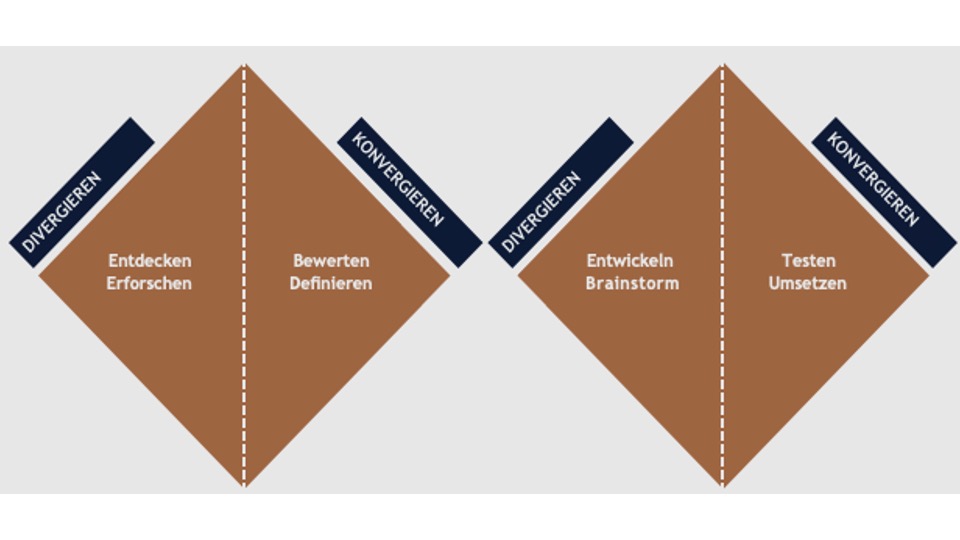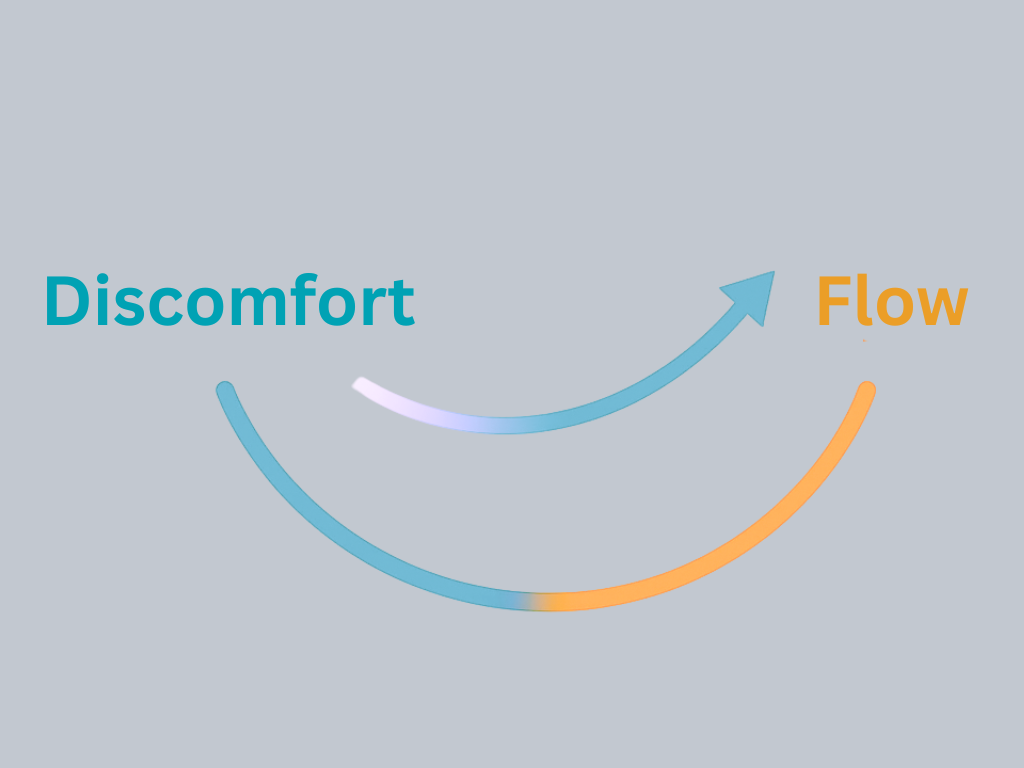Improv Techniques as a Catalyst for Innovation
A few days ago, I attended an improv show with the Frizzles Improv Theater in Cologne, and it reminded me once again how important it is to embrace the ideas of others instead of shooting them down.
Thanks to ImproCologne for the basics of improvisation, which I love to use in my innovation workshops.
One of the most important rules in improv is: “Yes, and …”
It means: I accept my counterpart’s offer and build on it. In improv, this creates flow. In real life, it creates innovation.
We all know the opposite: “Yes, but…” which kills ideas before they even have a chance to grow.
Why does “Yes, but” hold ideas back?
In a recent innovation workshop, “Yes, but” was everywhere at first.
Many ideas had been rejected in the past not because they were bad, but because our brains instinctively prefer safety over the new.
Overcoming Mental Blocks
Did you know that our subconscious reacts about 10,000 times faster than our conscious mind?
Neuroscience helps us understand why we tend to block ideas too quickly:
- Psychological Reactance: When you feel your freedom of choice is threatened, you instinctively resist even against reasonable suggestions.
- Cognitive Dissonance: New ideas often clash with your routines or beliefs. To avoid the discomfort (“dissonance”), your brain rejects them early.
- Negativity Bias: Your brain gives more weight to risks than to opportunities. That’s why you tend to see problems first and respond with “Yes, but…”.
- Status Quo Bias: You tend to stick to the familiar. The new brings uncertainty and “Yes, but” becomes a defense mechanism.
What helps: Psychological Safety in Your Team
It’s easy to call for openness. But it’s much harder to live it.
Behind every “Yes, but” lie deep-rooted patterns: the need for protection, concern about status, fear of losing control..
These can’t be changed with a pep talk but they can be addressed through experience, reflection, and psychological safety.
In the workshop, we opened new perspectives for innovation:
- Letting go of old thinking: We consciously left worn paths behind and were motivated by a true consumer-centric perspective (thank you #Jens for the inspiration). Suddenly, there was real courage in the room.
- Challenging ideas with appreciation: Participants learned to catch the “Yes, but” reflex in time and stay open instead.
- Creating safety: A space emerged where people could speak plainly without fear. That’s exactly what psychological safety means: the #1 success factor for teams.
Safety isn’t a “soft skill.”
It’s the foundation for courage, creativity, and real learning.
My takeaway: Innovation doesn’t start with methods — it starts with the willingness to let go of the old.
True innovation doesn’t start with tools — it starts with mindset.
And that mindset can be trained.
How do you deal with “Yes, but” in your team, company, or everyday life?
I’m looking forward to your thoughts!




